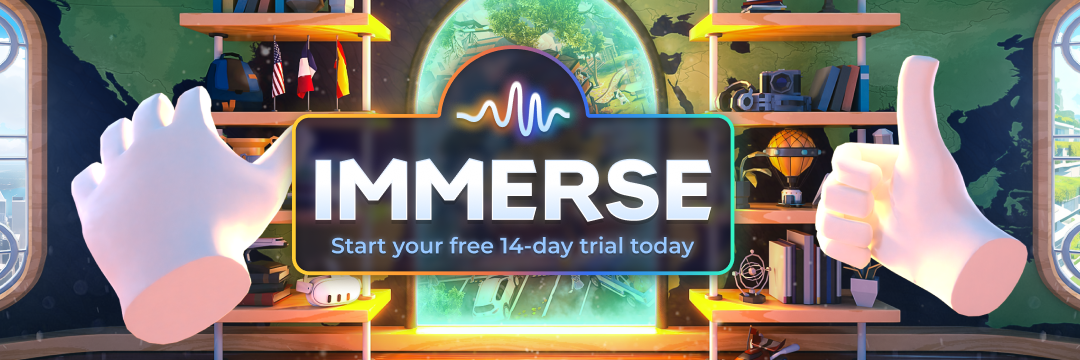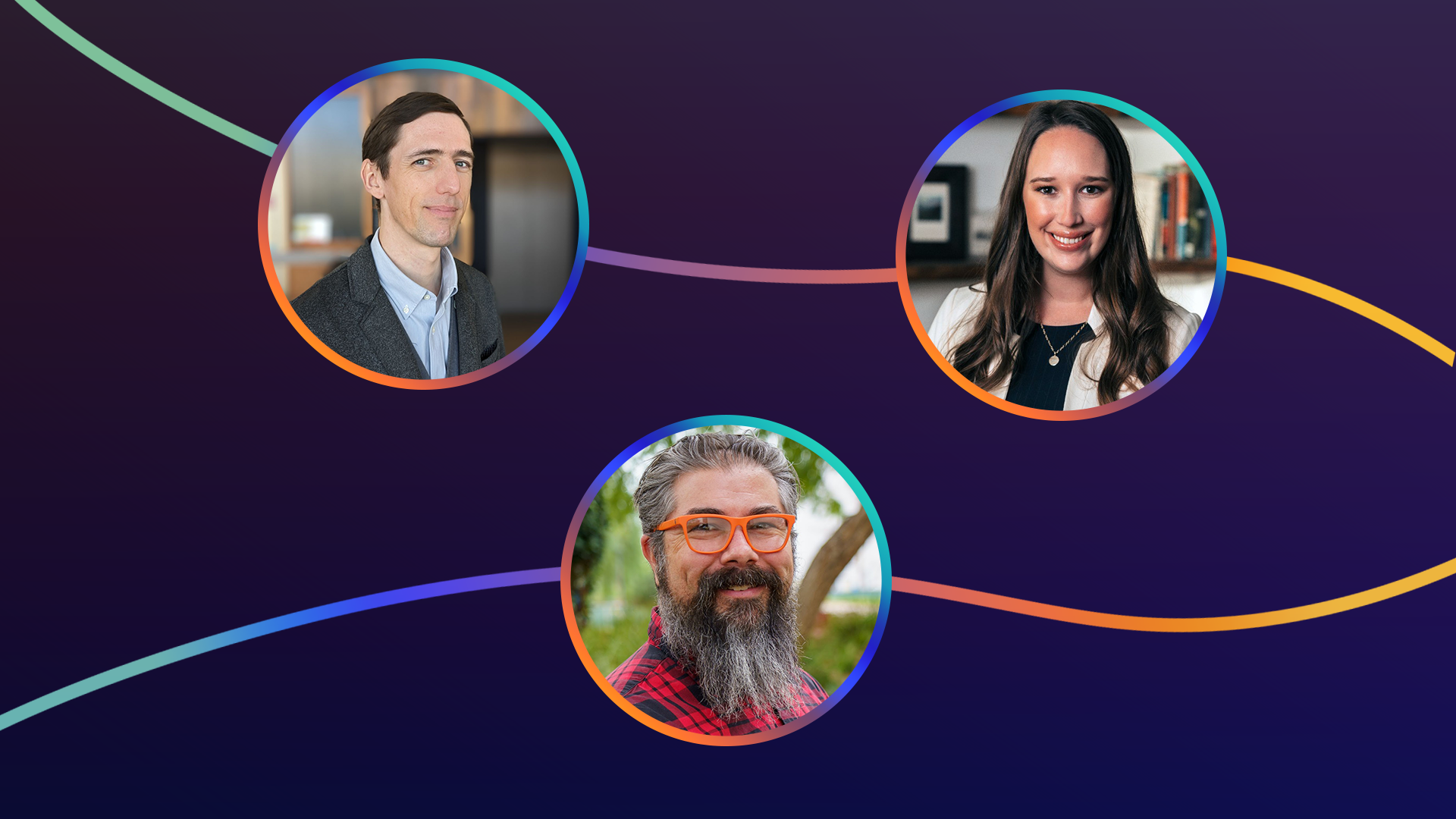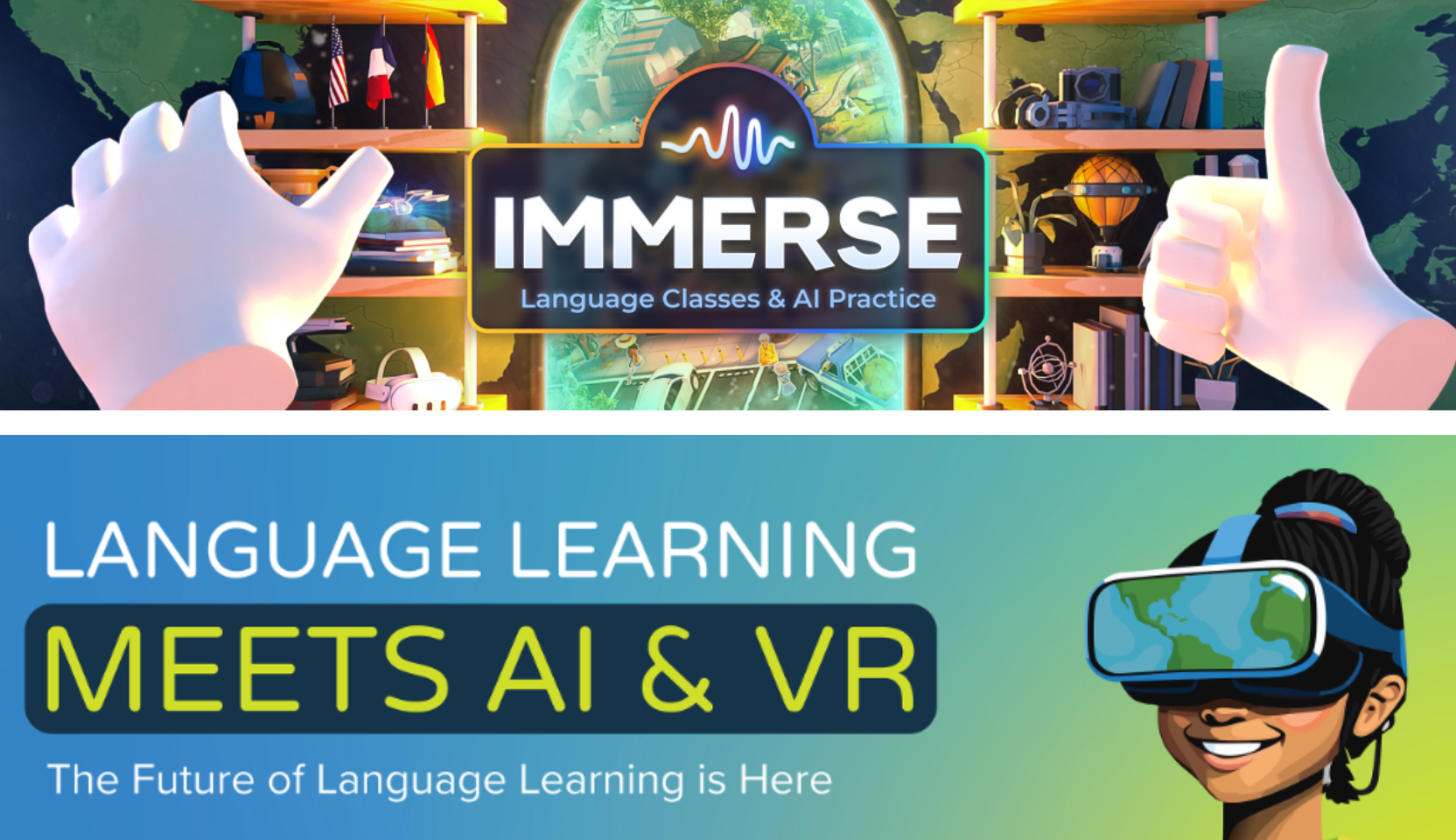In the early ’80s—when Euan Bonner was just five or so—he and his dad would tinker with their Commodore 64, copying code from magazines into the PC so they could play games.
Bonner later taught himself to code and even dreamed of one day building a virtual reality platform.
That passion carried through to his university studies, where he majored in Communications with a sharp focus on media.
But it was a move to Japan to become an English teacher that finally helped Bonner see how he could meld his love of language learning with his technology fascination.
“I started to slowly realize that this passion for technology, specifically virtual reality, had applications in language education. Once I completed my master's—right about when VR started to have a resurgence in the early 2010s—it all started to come together. I saw that I could use VR to do some fascinating stuff with language education,” explains Bonner.
Today, Bonner is a lecturer and researcher for the Language, Media and Learning Research Center at Kanda University of International Studies in Japan.
His recent research focuses on experimenting the benefits of using VR technology to teach languages in partnership with Immerse.
Here, Bonner shares his thoughts during an exclusive EdSurge interview on how immersion in VR makes it possible for students to have meaningful language learning opportunities in a post-pandemic world.

Interview with Euan Bonner
EdSurge:
What excites you most about virtual reality in language education?
Bonner:
It gets to the heart of the learning needs of language learners in any age group: kids, university students and business people. When learners put that VR headset on, they can practice on a level that’s just not possible online or in the classroom.
VR helps address two primary problems in language learning:
- motivation
- engagement
It delivers that little kick, that fun and exciting element on the surface level, and provides much deeper interactions with other people through embodied role-play practice that's devoid of all the distractions in the classroom and online learning.
EdSurge:
As learning becomes increasingly digital, what problems does VR solve?
Bonner:
In my own experience teaching online, the students often feel disconnected from the other students in the classroom.
But I’m learning through my research with Immerse that VR offers a bridge between the real classroom and the Zoom classroom.

It sits in the middle as a place for students to practice and engage with each other on a level that is better than just face-to-face on the screen.
It provides social interactivity and connectivity that you can’t otherwise get out of distance learning.
Research says students often report being happier, more excited and less bored when using VR because it feels like a game.
They’re embodying this avatar in a 3D space.
That’s what they love to do in their hobbies and pastimes. I
f they can merge their lessons with their hobbies, it creates a much more engaging and potentially motivating environment.
EdSurge:
What would you tell other people who are interested in trying VR for language learning?
Bonner:
The problem with all the other VR platforms out there that I have discovered from my research is that they're commercial, off the shelf and not specifically designed for education.
Immerse provides unobtrusive scaffolding and detailed scenarios that decrease cognitive load so students can focus on language learning instead of trying to imagine a scenario.
Learners have a VR headset on and controllers they use to grip and pick things up and interact with the environment.
But if they look at their wrist, they can get help, or their teacher can send them prompts. It's a gesture.
You just turn your wrist towards your eyes, and the Immerse application understands, “Oh, you’re looking at your wrist,” so it makes that information appear. It only appears when the students need it.
Even in real classrooms, it’s tough getting students to focus on the material and pay attention to the task at hand.
Using the Immerse desktop application, teachers click on the Rally feature, and it just pulls all the students together and points their eyes right at the task at hand. It just sort of keeps everyone focused.
The entire class is now ready for that interaction.

Instructors can even group students into audio-isolated environments, even though they are inside the same space and can see other people within it.
As you can imagine, teaching a classroom of 20 students, as I do, any time students are doing role-play in a crowded room, you’re distracted by what other people are saying.
Being able to isolate the audio helps them focus on their language production, on their interactions with the other people in role-playing.
But of course, when the teacher speaks everybody can hear that.
The teacher can join that group and have a private conversation, even though they are still in that space with the other students.
Those things are much harder to do in real life, which is why I feel Immerse brings new affordances to the table for language learning.
EdSurge:
What does effective VR language learning look like?
Bonner:
Learners need to practice language learning in a context designed specifically for the learning situations that work best for them.
When learners use Immerse, they practice applying their language knowledge within a realistic environment: practical spaces, business meetings, presentation spaces, social barbecue events, fast food restaurants, airport customs...that kind of thing.
Learners can practice by playing games like darts or throwing a ball in a hole that pops up a question that they then need to ask.
That fun gameplay keeps students engaged and interested in the lessons.
Or for those who want that daily life sort of practice such as buying things from the grocery store, Immerse has shopping environments where the students are literally given a shopping list and told, “Okay, go get those items. Put them into your shopping cart and go to the counter. Buy each of those items and have that discussion.”
Or if you’re a business person and stressed about your meeting or presentation skills, or even handling the business travel interactions, you can practice everything from the meeting to handling customs at the airport or getting a train ticket.
The bottom line is, students are immersed in those experiences and get it much more quickly because they can role-play and practice again and again.
And right now, VR enables access to what have suddenly become unobtainable environments, even just cafes and fast-food restaurants.
Whatever they need to learn is readily accessible in the virtual world—even if it isn’t in the real world.
*Learn more about Professor Euan Bonner's research here.


Christian Rowe


.png)



.png)





